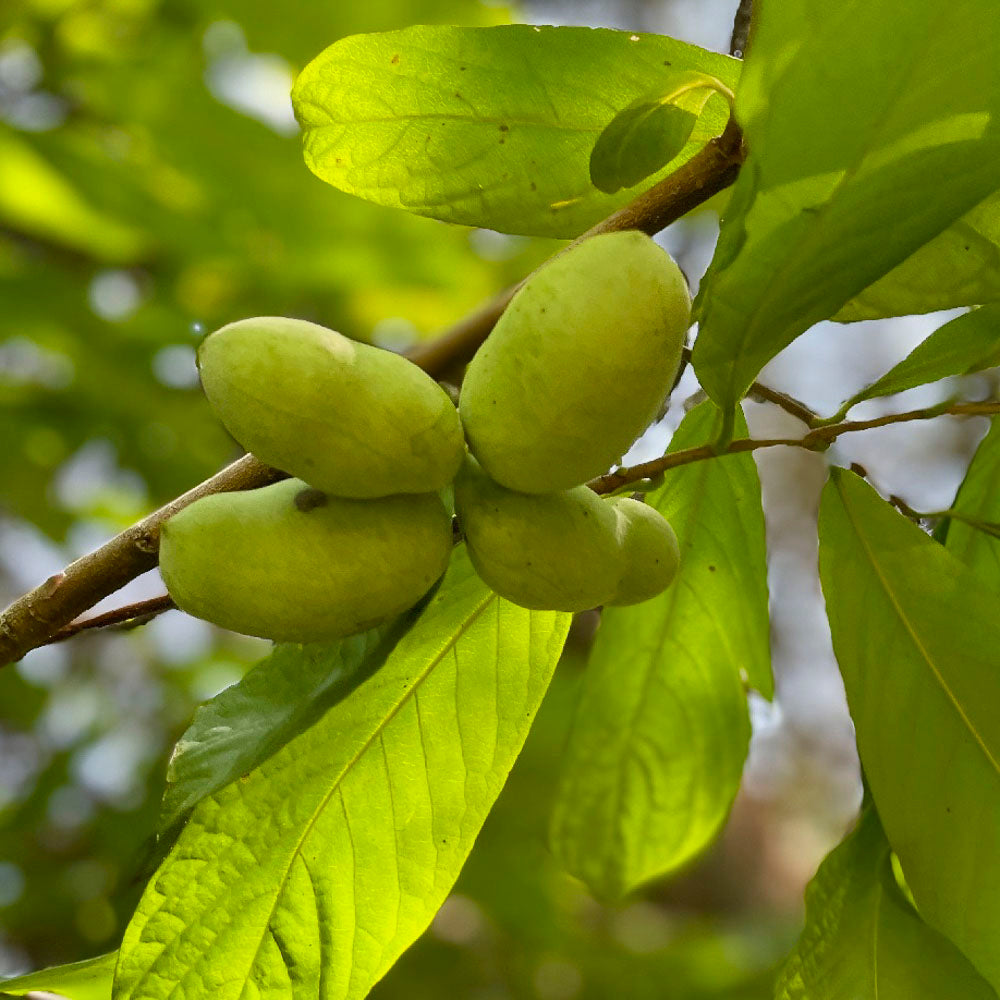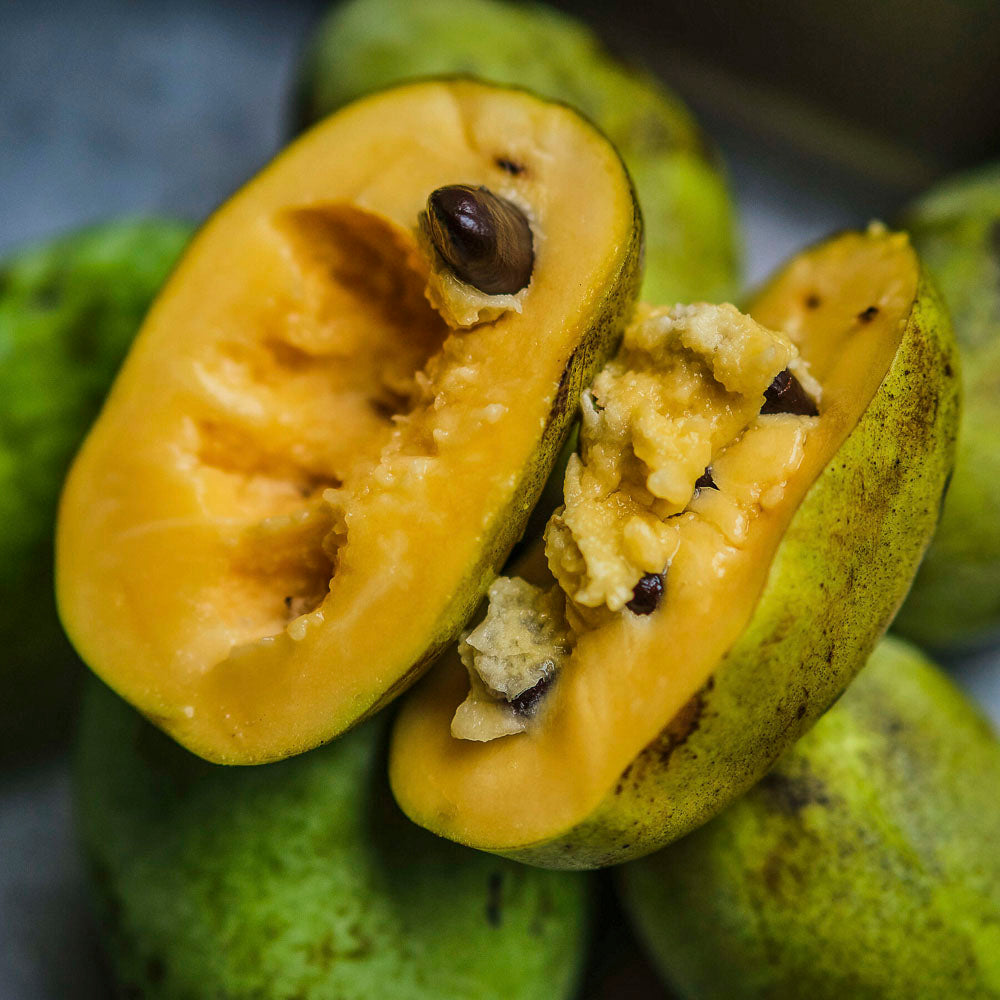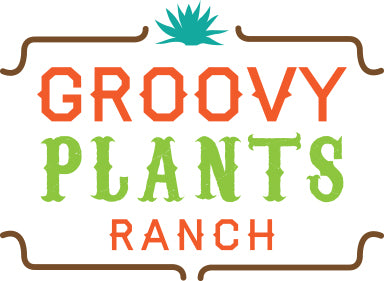PawPaw Forest - Group of 10 - Asimina triloba | Limited Release for Pickup Now
PawPaw Forest - Group of 10 - Asimina triloba | Limited Release for Pickup Now
Low stock
Couldn't load pickup availability
Pawpaw Tree (Asimina triloba)
North America’s Best-Kept Fruit Secret
If you’ve never tasted a pawpaw, you’re in for a magical surprise. Native to the forests and creek beds of eastern North America, the pawpaw has been called “the forgotten fruit”—a tropical-tasting treasure hiding in our own backyard. For centuries, Indigenous peoples, settlers, and even Thomas Jefferson cherished its custardy fruit, with its dreamy flavor somewhere between banana, mango, and pineapple.
Growing a pawpaw feels like rediscovering a piece of American food history. With its lush, drooping leaves, it gives off a tropical vibe even in temperate gardens. In autumn, those same leaves glow a brilliant yellow, lighting up the landscape. The spring flowers, a rich burgundy-purple, may smell a bit unusual (pollinators love it!) but they’re the promise of golden-green fruit to come.
🍈 Why Grow Pawpaw?
• Delicious Fruit: Soft, custard-like, and bursting with tropical flavor. Perfect fresh off the tree or whipped into ice cream, bread, and pies.
• Easy Care: Naturally deer-resistant and adapted to shady understories.
• Wildlife-Friendly: Host plant for the stunning zebra swallowtail butterfly and a food source for local wildlife.
• Rich History: A fruit enjoyed by generations—once fueling Lewis & Clark on their westward expedition.
🌱 How to Grow
• Plant two different pawpaw trees for cross-pollination and abundant harvests.
• Pawpaws prefer shade, so plant these in partial to full shade locations.
• Prefers rich, moist, well-drained soil.
With a little patience, your pawpaw patch will reward you with fruit that’s nearly impossible to find in stores—an authentic, homegrown delicacy you’ll share with friends and family!
Bring home a pawpaw tree and plant a little piece of forgotten American heritage in your own backyard!




